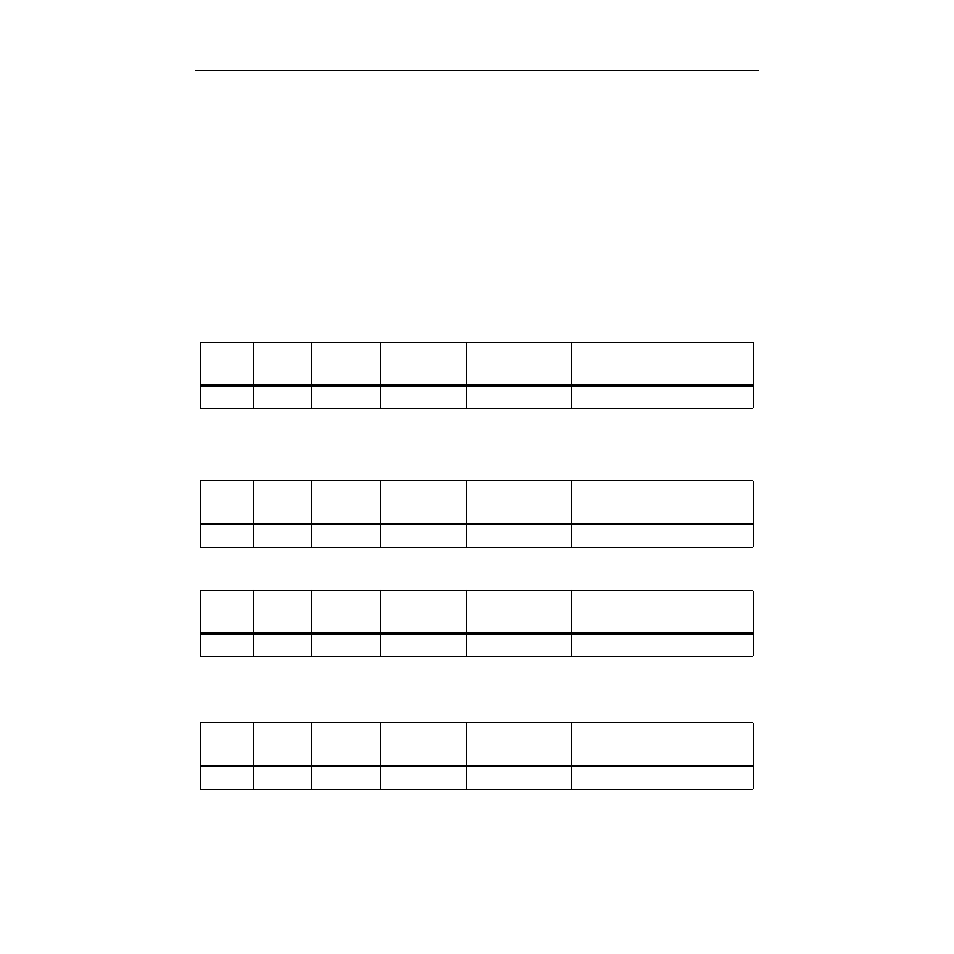Error detection and handling, Error detection and handling -47 – Grass Valley 2200 User Manual
Page 71

3-47
Data Transfer (5E and DE) Commands
Error Detection and Handling
When an error of any sort is detected during a transfer, appropriate actions are to
retry the last action or abort the transfer.
Only a receiver can request a retry, and it does so by sending a request to transfer
a packet with the same sequence number as the last packet. If in the above
example the switcher were to request a retry of sequence number 1 (after message
number 3), the switcher would simply send a message to the editor asking for
sequence number 1 rather than 2 as message number 4. However, the Editor or the
Switcher as a Receiver will not ask for a retry after the last packet. In either case,
the Switcher considers the last packet as a completion of the transfer.
The following is an example of a transfer containing an error that is detected while
the switcher is receiving data. Again, a register size of 635 bytes is used:
1.
The editor sends a Transfer Write command to the switcher and the first block
of data:
2.
The switcher requests the next block of data and supplies the sequence
number of this next data block to be sent. Implicitly this acknowledges receipt
of the previous block:
3.
The editor sends the next block of data to the switcher:
At this point, the switcher detects an error and attempts a retry:
4.
The switcher sends a request with the same sequence number to the editor:
Byte
Count
Effects
Address
Command
Code
Sequence
Number
Register
Number
E-MEM
Data
FFH
01
DEH
00H 00H
21H
250 bytes of E-MEM data
Byte
Count
Effects
Address
Command
Code
Sequence
Number
Register
Number
E-MEM
Data
05
01
5EH
00H 01H
21H
none
Byte
Count
Effects
Address
Command
Code
Sequence
Number
Register
Number
E-MEM
Data
FFH
01
DEH
00H 01H
21H
250 bytes of E-MEM data
Byte
Count
Effects
Address
Command
Code
Sequence
Number
Register
Number
E-MEM
Data
05
01
5EH
00H 01H
21H
none
